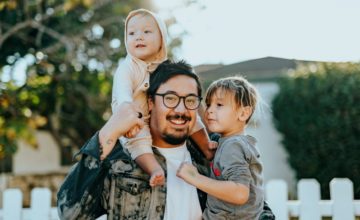
Distillation
Multilingualism: Multiple Benefits
Multilanguage learners (MLLs) are children learning two (or more) languages at the same time. Multilingualism has multiple benefits.
Details
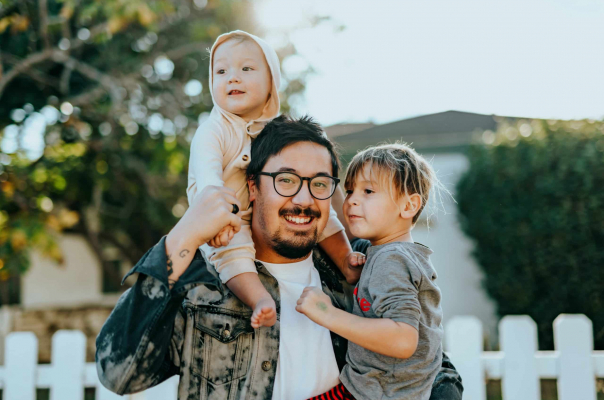
Explore stories from early childhood professionals, learn about different cultures and find resources for modeling inclusivity and increasing family support.
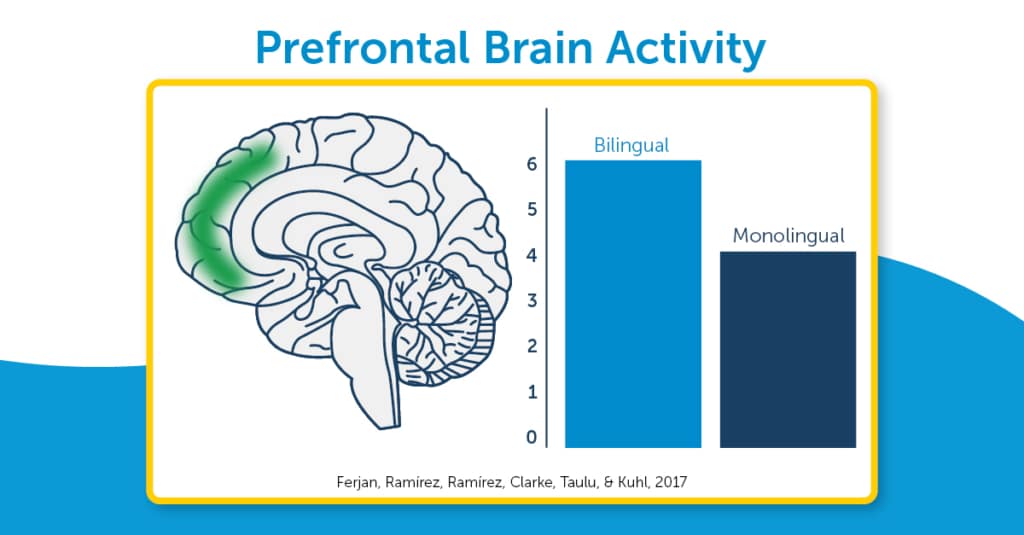
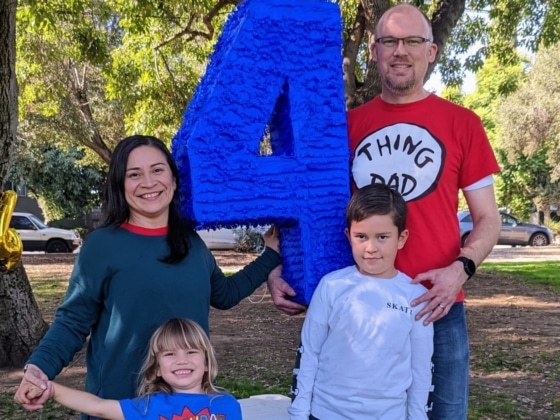
When Verónica Chávez, PhD, set out to join the mental health field, she never fully considered the impact her cultural upbringing would have on the families she works with.
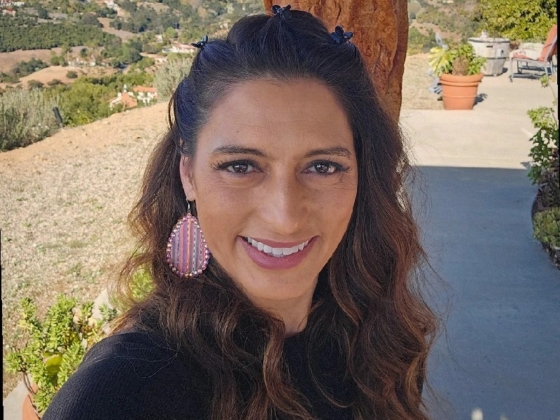
Hear from DC:0-5 certified trainers working in the Los Angeles County Department of Mental Health.
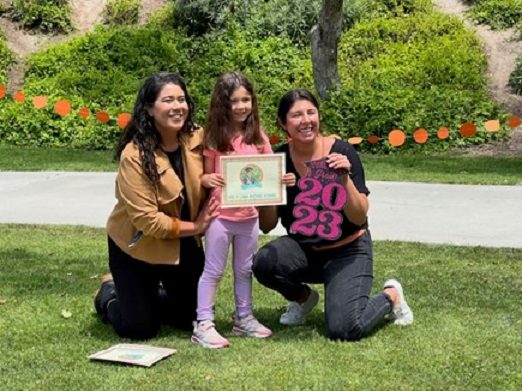
Natalia and Felissa chat about their approach and passion for Sol y Luna, their nature play-based, Spanish immersion preschool.
I believe IECMH remains the most important gateway to a better future for our Latine families.
Dr. Janina E. Fariñas, Founder and CEO, La Cocina
Building Relationships and Buffering Toxic Stress: Group-Based Medical Care With Spanish-Speaking Latino Families
This article describes a group model for medical visits during pregnancy and early childhood, an intervention designed to promote relationships and address toxic stress for Spanish-speaking Latino families.
Beyond a Haircut, lunch pail, and new shoes: Opening Doors to School Readiness for Latino Children and their Parents
Abriendo Puertas/Opening Doors is an evidence-based program developed by and for Latino parents of young children to address opportunity gaps related to young Latino children.
Historical, Sociopolitical and Mental Health Implications of Forcibly Separations in Young Migrant Latin American Children and Their Families
This article addresses immigration as a psychosocial event and describes the different stages of the immigration process, when immigration becomes traumatic, and how each immigration stage can place vulnerable Latin American families, at high risk for traumatic stress. The authors explore pre-migration experiences and the factors bringing young families to cross the United States– Mexico border.


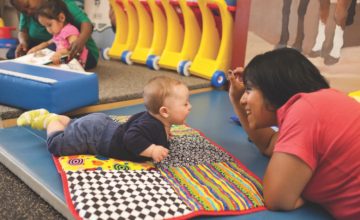
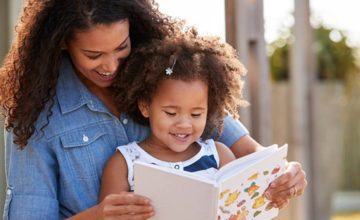
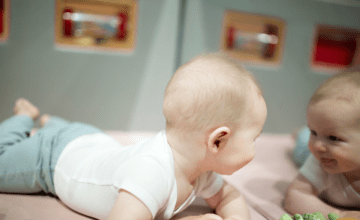
We are committed to advancing equity, diversity and inclusion for babies, toddlers and their families.
|
Join us for the 2025 LEARN Conference in Baltimore this October 8-9!
|